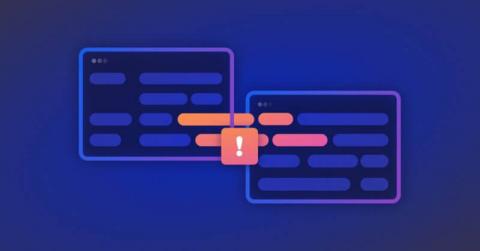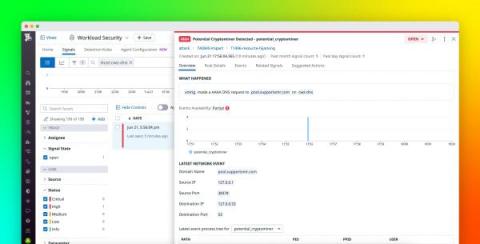The SPoF that is DNS
The idea behind “SPoF,” or “Single Point of Failure,” is that if one part of a system fails, then the entire system fails. It’s not desirable. In IT and security circles, if a system or application can be disrupted or degraded severely by the failure of just one component or subcomponent, then we usually deem the design to have a flaw.











